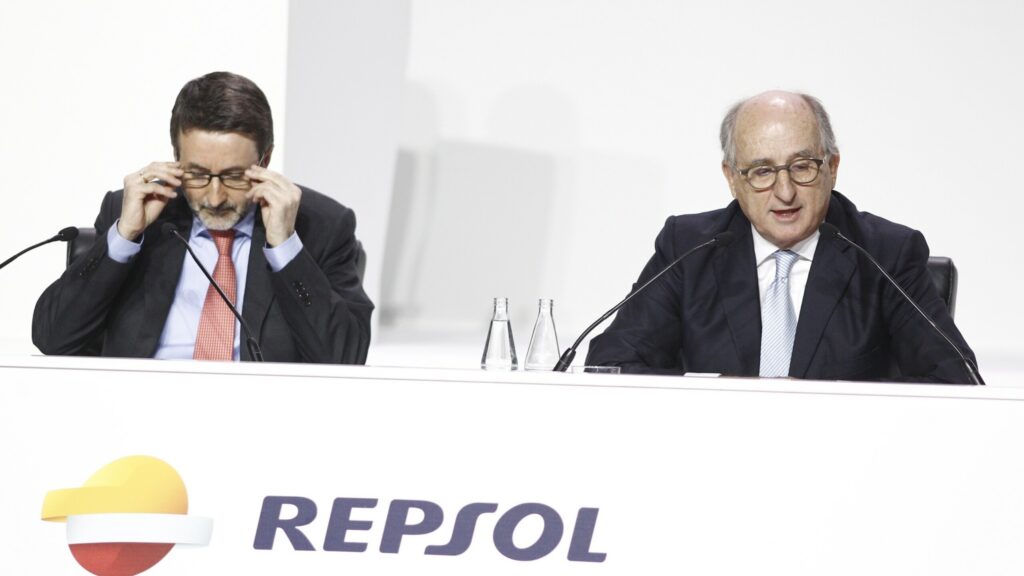Europe’s race to fill its gas storages and gain independence from Russia is advancing. Canada is another alternative supplier, as it is the seventh largest gas producer in the world. The North American country has indicated Repsol as one of its best allies so that Europe has Canadian gas in this race.
“Only with the east coast of Canada is there enough supply of natural gas to launch a new route for the export of liquefied natural gas (LNG) with Europe”, he assured in an interview with Reuters Canadian Environment Minister Steven Guilbeault. “The project that would accelerate these shipments to Europe is the one that Repsol has“, has added.
Canada has a gas production similar to Qatar or Saudi Arabia. The government led by Justin Trudeau is looking for ways to find new hydrocarbon export markets after suffering setbacks in recent years in its largest market, the United States. Europe is a priority partner for the country.
AGermany and Canada have already held a series of cooperation meetings and the fastest solution is in sight through the use of existing infrastructure that can be converted. In May, Reuters reported that Canada was in talks with Repsol’s LNG facility and local company Pieridae Energy to build a new facility to increase its exports to Europe.
“The current amount of gas would only be available to one facility at this time,” Steven Guilbeault reported. “Repsol is the project that could be implemented more quickly because it requires a minimum of permits: a facility already exists and a gas line is right there“, has nuanced.
Repsol already has a plant in Canada
Repsol has a regasification plant, Saint John LNG (previously called Canaport LNG) which is located on the east coast of Canada. The oil company directed by Josu Jon Imaz owns 100% of this asset and has been operating this plant since 2009, which receives liquefied natural gas and supplies it, via connecting gas pipelines, for industrial use and power generation in eastern Canada and northeastern United States. Joined.
This plant can use existing facilities (storage, marine facilities for ships) to accelerate the development of the project, as it has already done in similar facilities in Trinidad and Tobago and Peru.
A work in this regasification plant that Canada sees as technically feasibleand. In a first phase, a project with the capacity to supply two million tons of LNG per year (3.2 billion cubic meters of gas, equivalent to 10% of the consumption of Spain or 4% of the consumption of Germany) and the capacity could later be expanded to 8 bcm (22% of consumption in Spain, 9% in Germany).














Add Comment